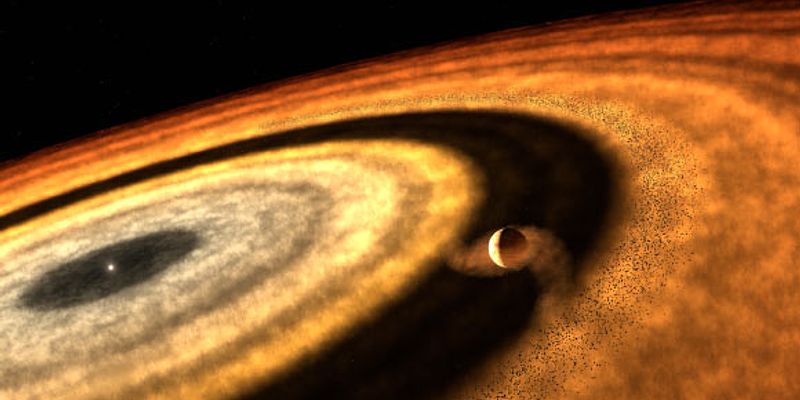
Just the facts
Webb Detects Silicon Monoxide in Atmosphere of Ultrahot Jupiter WASP-121b
Category: Science,
2025-06-02 19:39
Astronomers have used the James Webb Space Telescope to identify water, carbon monoxide, and silicon monoxide in the dayside atmosphere of the exoplanet WASP-121b, and methane in its nightside atmosphere. This marks the first time silicon monoxide has been detected in an exoplanet's atmosphere.
A team of astronomers, utilizing the NASA/ESA/CSA James Webb Space Telescope, has made significant observations of the exoplanet WASP-121b, classified as an 'ultrahot Jupiter' due to its high temperature and large size. The researchers detected the presence of water (H2O), carbon monoxide (CO), and silicon monoxide (SiO) in the planet's dayside atmosphere. Additionally, methane (CH4) was identified in the nightside atmosphere. This discovery is notable as it represents the first reported detection of silicon monoxide in the atmosphere of any exoplanet. WASP-121b is a gas giant located approximately 850 light-years from Earth and is known for its extremely high temperatures, which can exceed 2,500 degrees Celsius on the dayside. The detection of these molecules provides new insights into the atmospheric composition and chemistry of ultrahot Jupiters. The findings were made possible by the advanced spectroscopic capabilities of the James Webb Space Telescope, which allows for detailed analysis of exoplanetary atmospheres. The presence of silicon monoxide, in particular, may help scientists better understand the processes occurring in the atmospheres of hot gas giants, including atmospheric circulation and chemical reactions driven by intense heat.
Source parameters
Source scores
Importance: 80%
Interest: 85%
Credibility: 95%
Propaganda: 2%
Removed emotions: 2